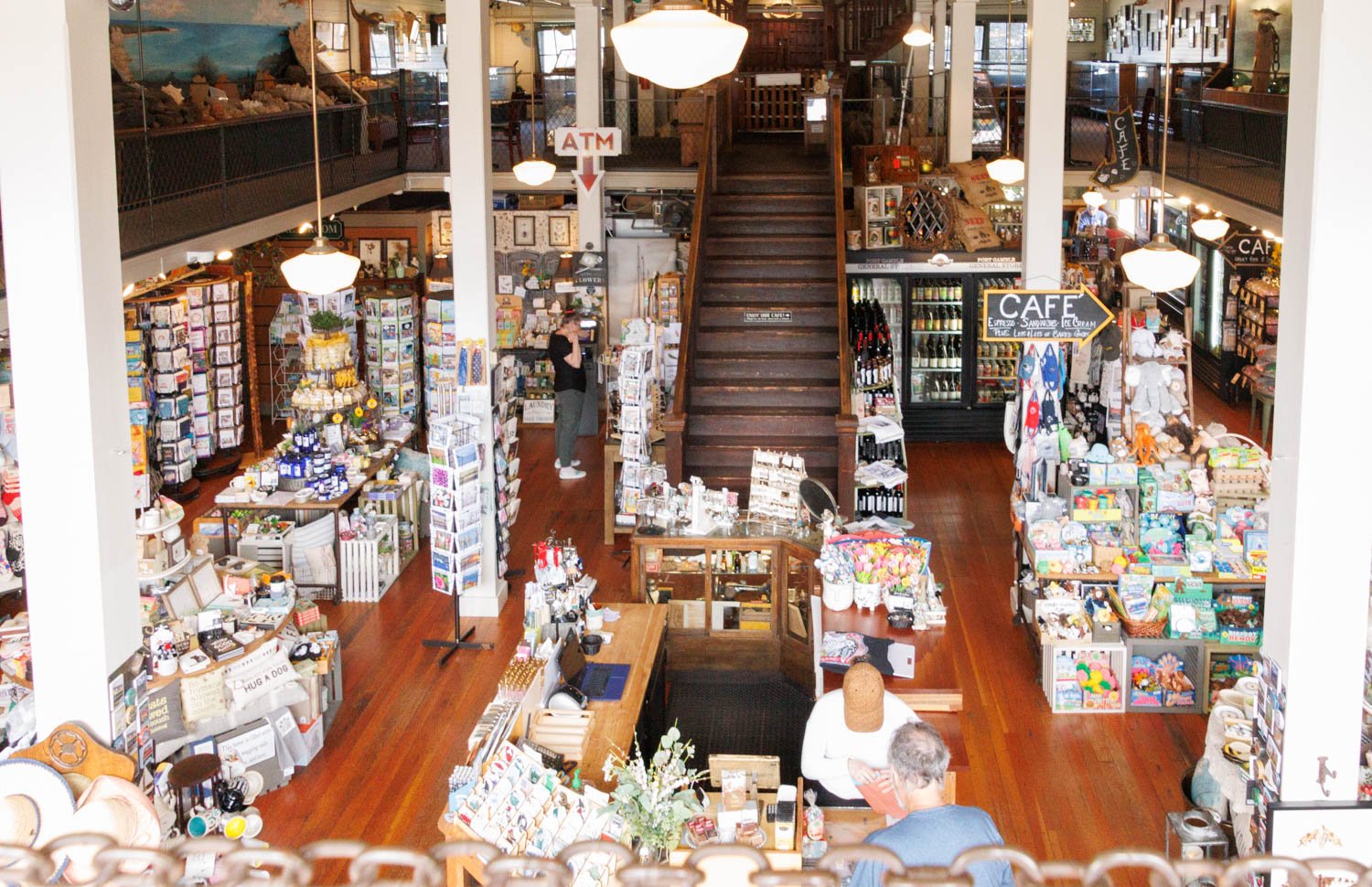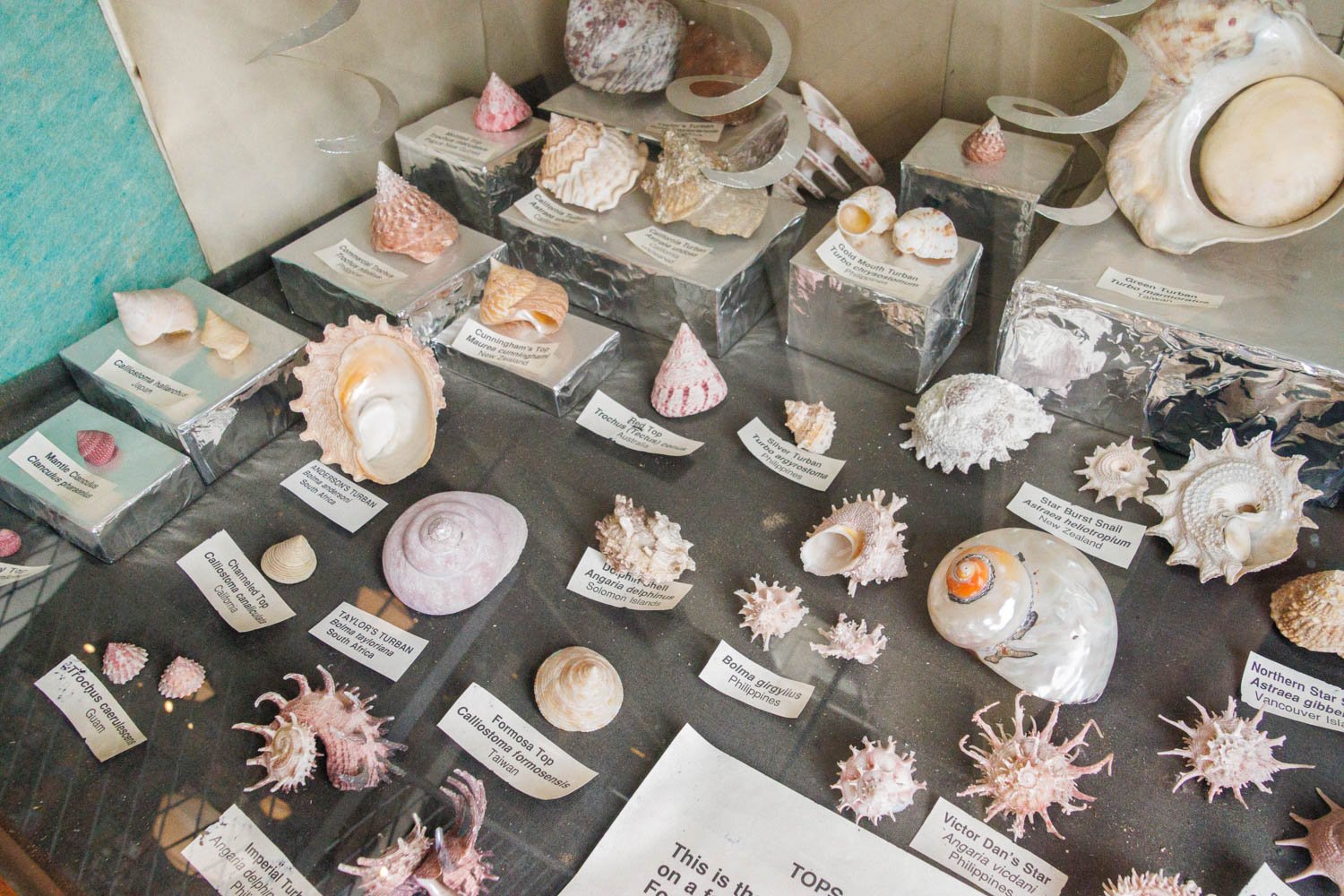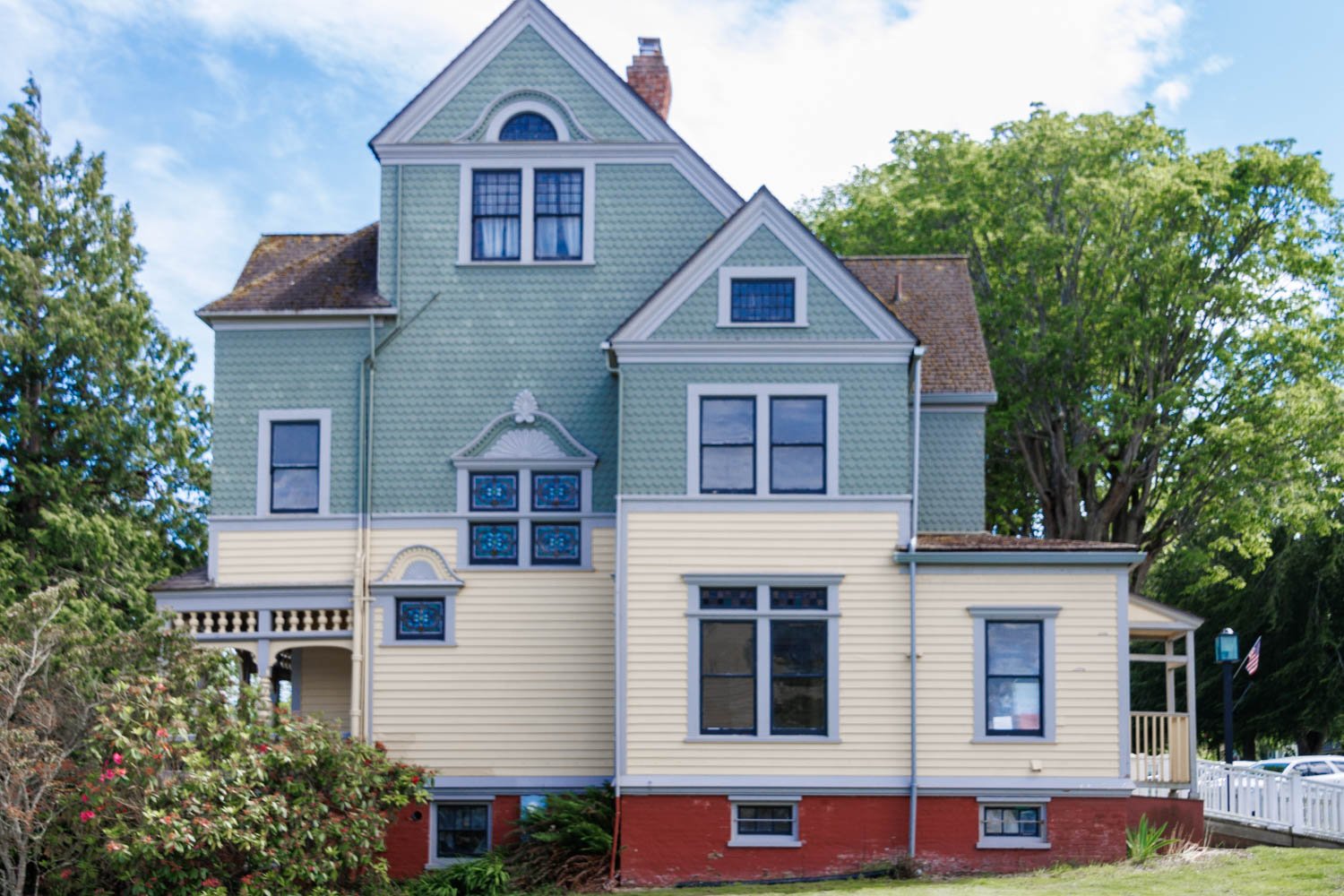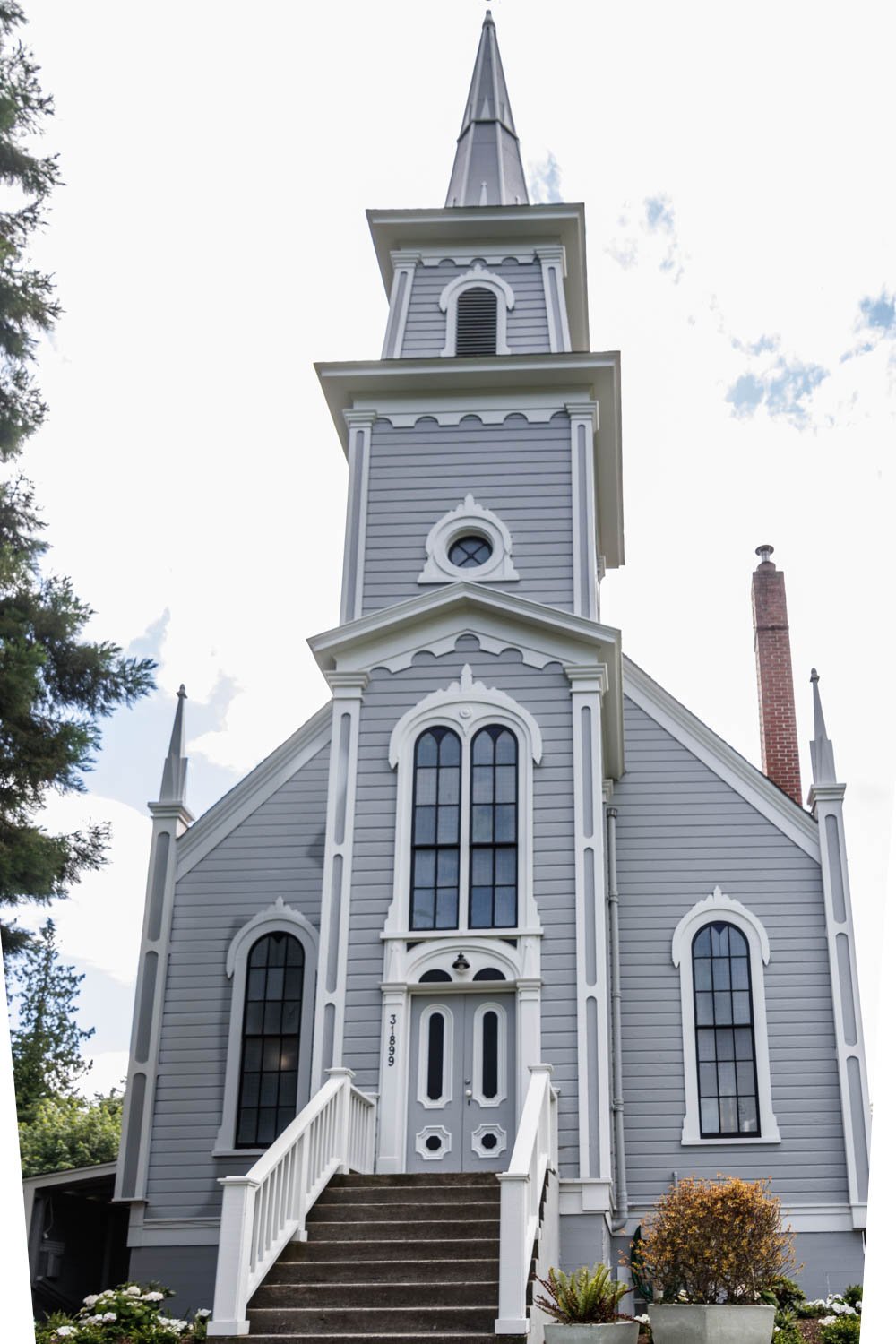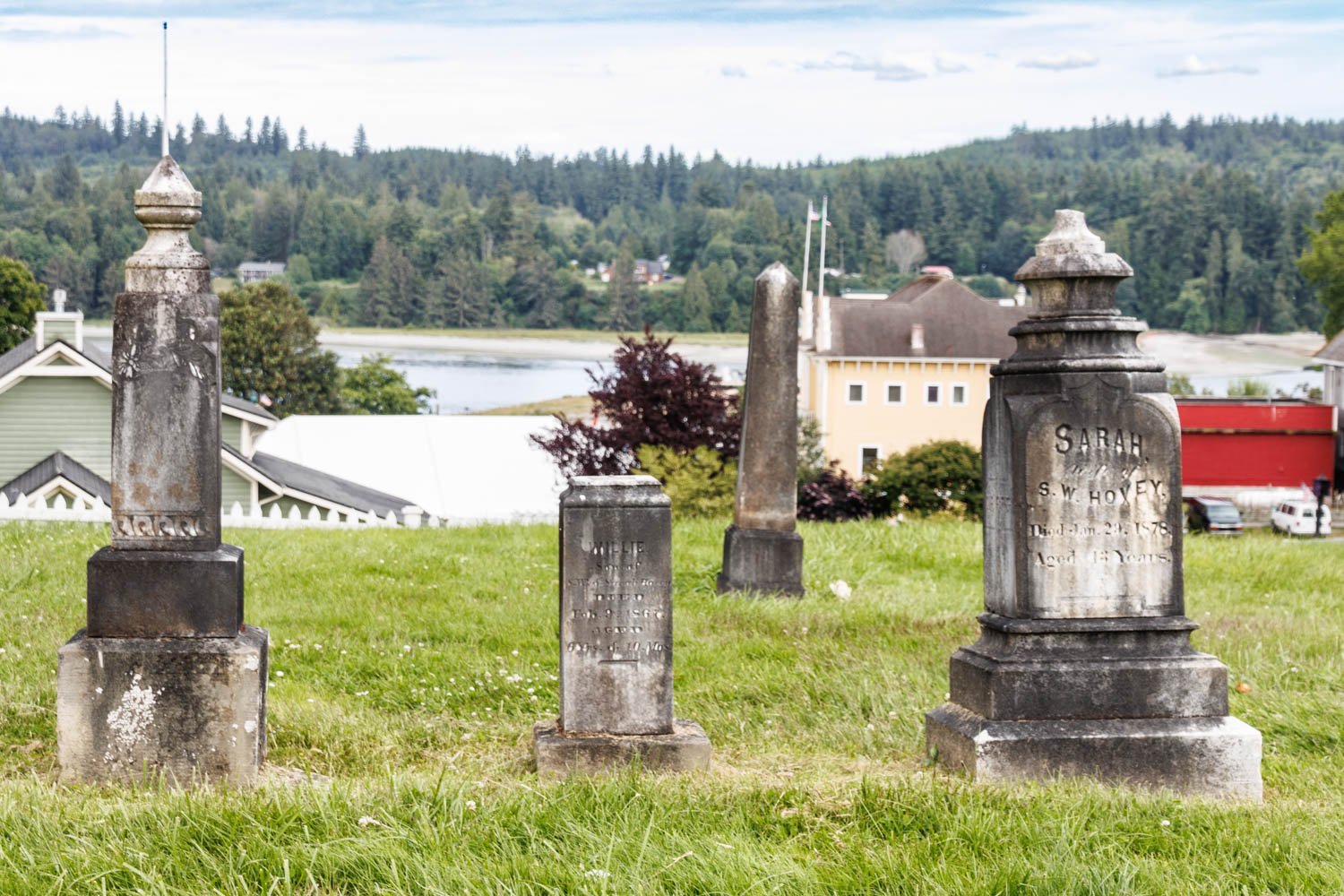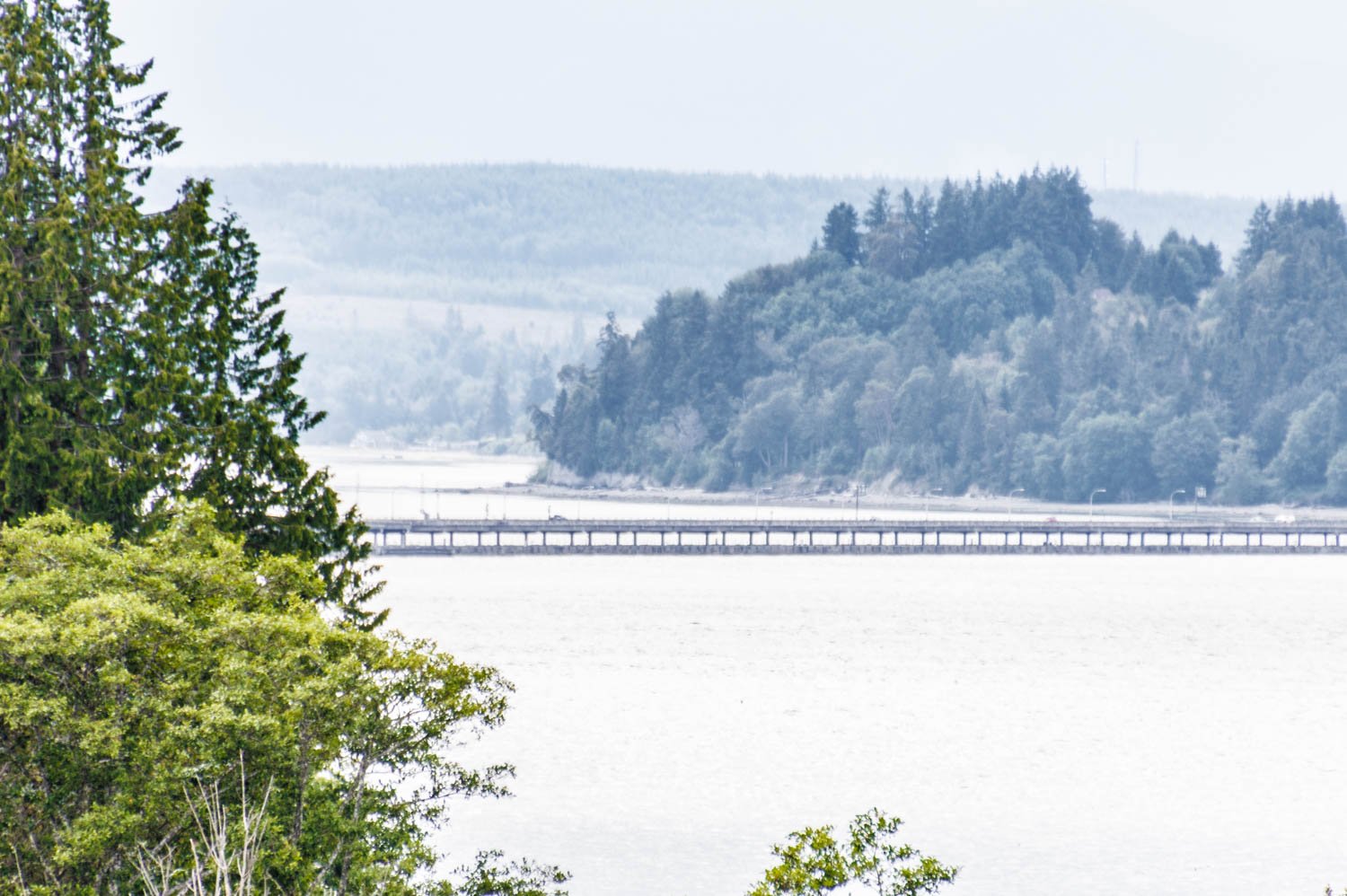Port Gamble
If you are anything like me, when you drive toward the Hood Canal Bridge, you drive right through Port Gamble. Every time that happens to me, I tell myself that one day I’d stop, but it never happens. On a recent trip to the Olympic Peninsula, I finally did it, and I’m so glad I did. It only takes a minute or two to drive through the town – no stop lights, no stop signs. Just 120 picturesque acres of turn-of-the-century, New England style houses and shops, and a beautiful view of Gamble Bay and the Hood Canal. The entire town is recognized as a National Historic Landmark.
Jackson House 1871
The first residents of Teekalet, the original name of the area, were members of the Port Gamble S’Kallum tribe that fished along the Hood Canal. In 1841 a naval expedition led by Lt. Charles Wilkes, renamed the area Port Gamble after Lt. Robert Gamble, who died during the War of 1812.
You’ve probably heard the expression “a company town”. Port Gamble was the ultimate company town., one of thousands in the country where an industry provides housing for its employees. It was founded in 1853 by Josiah Keller, Andrew Pope and William Talbott, lumbermen who had left Machias, Maine to open a lumber mill on the west coast. They developed this town to reflect the New England style of their home state.
During most of those years, the population of Port Gamble consisted of the employees of the mill – over 900 workers and their families. With help from a friend, a large majority of the employees were recruited from Maine. In addition, the diverse workforce included Chinese, Hawaiian, European, African-American workers as well as members of the S’Kallam tribe.
The mill had many successful years, as well as several years of difficult times. At one time it was the largest lumber mill in the world, and until its closure it was the longest continuously operating mill in the world. Opening in 1853, it stayed in business until 1995, after 142 years of milling lumber. Under the Indian Reorganization Act of 1934, the U.S. Government bought 1,234 acres from Puget Mill Company which became the reservation for the Port Gamble band of the S’Kallam tribe.
Once the mill closed Port Gamble was officially designated as a Rural Historic Town which allowed development of the townsite and while retaining its historic character. The main street, Rainier Avenue, has multiple shops that were previously homes during the mill’s years.
The Port Gamble General Store, although now a bit smaller than when it was built, is still standing in its original location. In addition to the main part of the store which sells just about anything a tourist could ever want, there is a café in the back of the first floor, having among other items, locally produced ice cream of many delicious flavors including the one I chose – blackberry ginger. The second floor, with its elegant sweeping staircase, features the Of the Sea and Shore Museum that displays some of the largest collection of seashells in the US.
There is speculation that the Walker-Ames house, the most expensive house ever built in Port Gamble, is haunted. Known as one of the most haunted towns in the US, it is said that there have been ghost sightings in just about every building in town. It is only open for scheduled tours with Port Gamble Paranormal or during Paranormal Conferences. From the outside you can see the stunning stained glass windows that must be beautiful from the inside as well when the sun is shining through.
Modeled after the Congregational Church of Eastern Machias in Maine, St. Paul’s Church was constructed in 1878-79. Most of the residents in the year of the church’s opening, 1879, were from Maine which explains why it was dedicated in the Congregational faith. Over the years, however, it’s denominations changed depending on the affiliations of the town residents. The strikingly beautiful church is open on Sunday mornings for services and is often used for wedding ceremonies. It is one of the most photographed buildings in Washington State.
Prior to the church’s construction, religious services were held in the Community Hall, the original hall having been built in 1860 as a place for the residents to gather and for “social enjoyment”. A larger facility was built in 1906. The design of the building is decorative with double-stepped gables and bracketing under the eaves. It had eight rooms on the first floor for doctor and dentist offices, a barbershop, and the post and telegraph offices. The large auditorium is still used for plays, movies and other social events.
I was interested in visiting the Port Gamble Historical Museum, located behind and below the General Score, however it is only open on Fridays – Sundays between 11:00 am and 4:00 pm. I was there on a Tuesday. There are several items from the museum that are located outside including a grindstone that had been in use at the mill until 1895. It was given to Knute Vaa at the time of his retirement, then was donated to the museum by his son at the time of Vaa’s death.
The historic Buena Vista Cemetery was established in 1856 and is the oldest cemetery in Kitsap County. It sits on a hill above the town with views of the Hood Canal and Bridge and Gamble Bay. More than one third of the graves have been in the cemetery for at least 120 years. It is also known for it being the resting place of the first U.S. naval man to have lost his life in the Pacific Ocean. He is honored with his grave being in the center of the cemetery at its highest point.
After spending several hours in Port Gamble I’d recommend that on your way to the Hood Canal Bridge that you give yourself some extra time to stop and admire the beautiful setting and the old buildings. Or make a separate trip there to see what a special place you may have been missing all these years.




